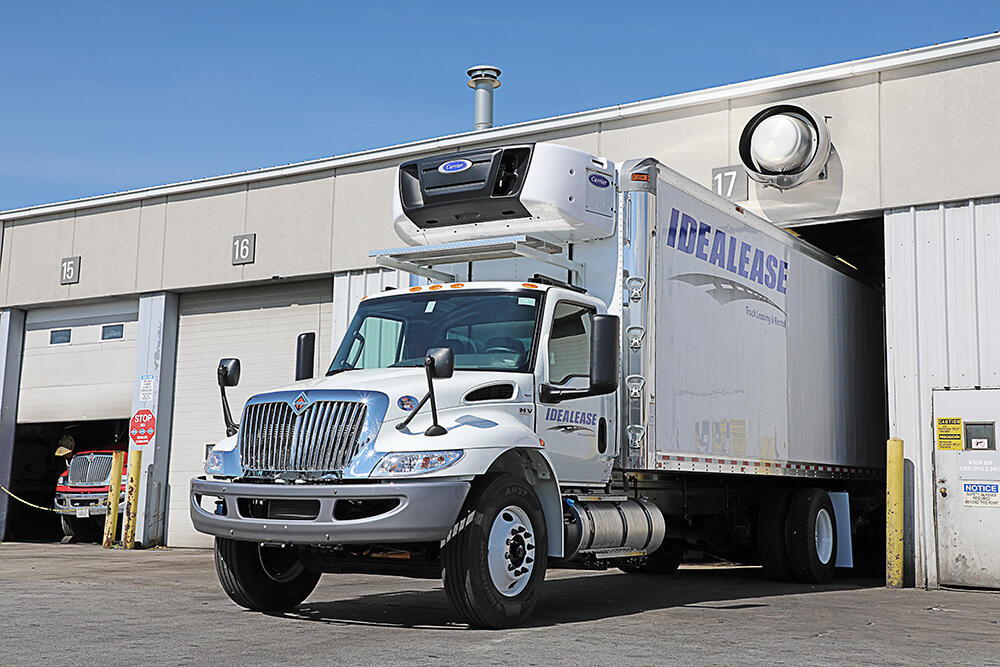CDL 201: The Question Most Asked about Straight Trucks and CDLs

This question is asked early and often during our Safety Seminars, so we want to make sure to address it here and break it down as simply as possible.
Do you need a commercial driver’s license (CDL) to operate a straight truck less than 26,001 pounds GVWR with air brakes?
The definition of a commercial motor vehicle (CMV) for the purpose of requiring a CDL as described in CFR 383.5 is as follows:
A CMV is any motor vehicle—or a combination of motor vehicles—used in commerce to transport passengers or property. And:
- Has a gross combination weight rating of 26,001 pounds or more (11,794 kilograms or more) inclusive of the towed unit(s) with a gross weight rating of more than 10,000 pounds (4,536 kilograms)
- Has a gross vehicle weight rating of 11,794 or more kilograms (26,001 pounds or more)
- Is designed to transport 16 or more passengers, including the driver
- Is of any size and is used in the transportation of hazardous materials as defined in CFR 383.5
So, based on the definition of a CMV the answer is NO. However, your state may require a chauffeur’s license for a vehicle with a GVWR of 10,000 pounds or more, but is still less than 26,001 pounds, i.e.; Michigan and Illinois.
Also, keep in mind that there is no such thing as an air brake endorsement. In reference to a Class A or B CDL there is an air brake restriction only. This means that the license holder either failed the air brake section of their CDL examination, or they used a CMV without air brakes for their skills test.
For a full explanation of CDL classes, restrictions, and endorsements please head to our CDL 101 blog post.






